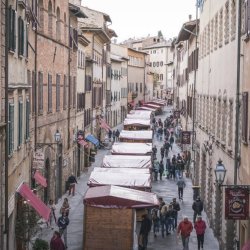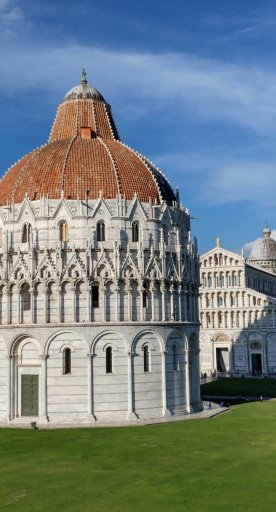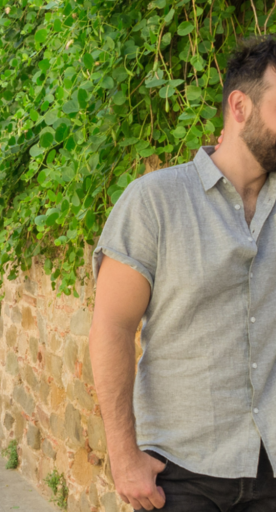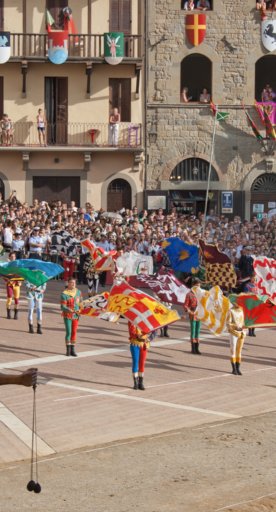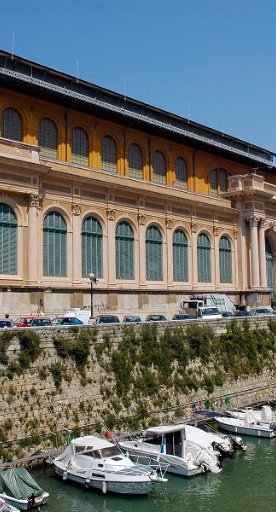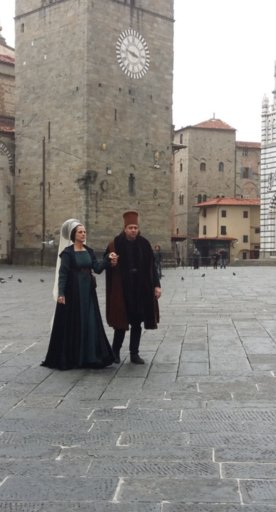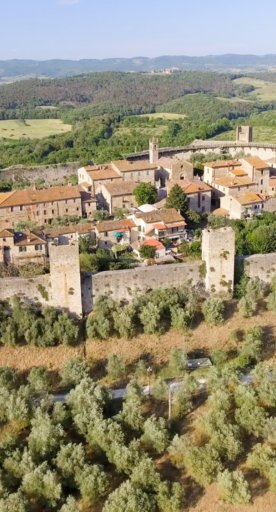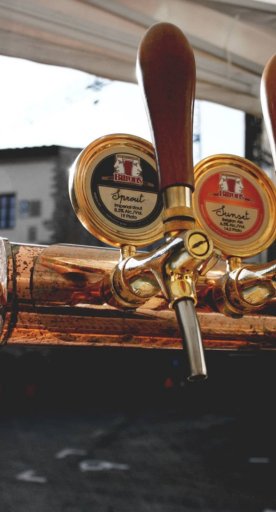

10 things to do in Volterra
A journey through history, art and tradition
Volterra stands majestically on a hill of tuff, nestled in a timeless landscape between the Era and Cecina valleys.
Here, history and art beautifully intertwine among picturesque alleys and stores selling alabaster that tell of ancient traditions.
A stroll along these streets means delving into the past, where a surprise awaits you around every corner.
Here are 10 tips for experiencing this jewel in Tuscany to the fullest!
-
1.Be immersed in the atmosphere of Piazza dei Priori
-
2.Visiting the Cathedral and Baptistery
-
3.Admiring the Fortezza Medicea
-
4.Discover the museums of Volterra
-
5.Walking through the Etruscan Gates and Walls
-
6.Exploring the Roman Theater and the Etruscan Acropolis
-
7.Discovering the art of alabaster
-
8.Experience traditions and cultural events
-
9.Be immersed in the nature of Nature Reserves
-
10.Savoring the cuisine of Volterra
Be immersed in the atmosphere of Piazza dei Priori
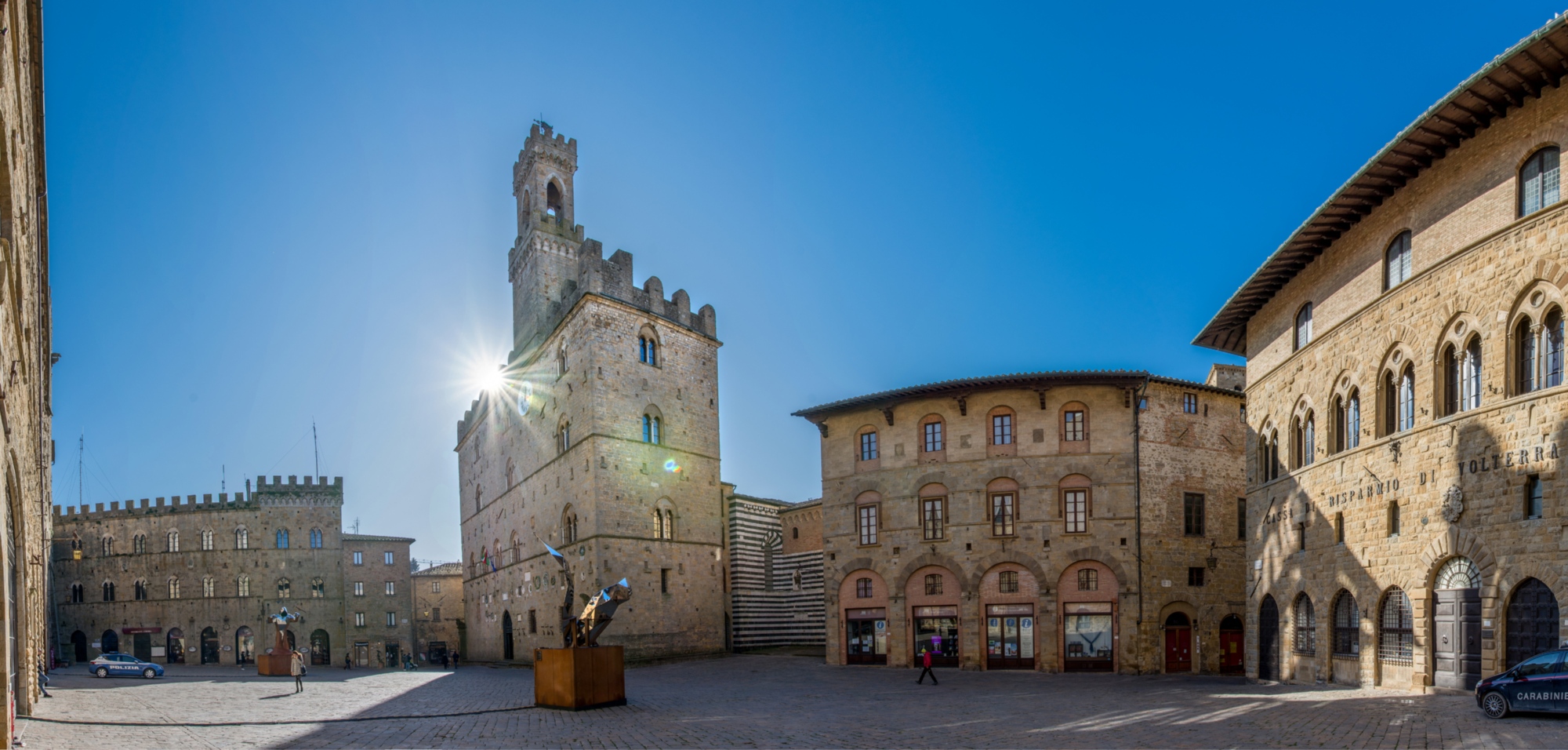
The historic center of Volterra retains its medieval atmosphere. Piazza dei Priori, as the heart of the village, houses the Palazzo dei Priori, the oldest town hall in Tuscany, dominating the entire area and offering spectacular views. Those who are not afraid of heights can climb the steps to the bell tower for a 360-degree view of the city and surrounding valleys.
A short walk away is the Palazzo Pretorio, with its distinctive crenellated tower, also known as the Torre del Porcellino.
In the piazza, gazing out between the walls of these ancient buildings, you can make out the black and white bands of a transept of the Duomo (Cathedral).
Visiting the Cathedral and Baptistery

The spiritual heart of the city is the Cathedral of Santa Maria Assunta, a Romanesque masterpiece dating back to the year 1120, with a magnificent gilded coffered ceiling. Also part of the Cathedral complex is the Cappella dell’Addolorata, a chapel housing two painted terracotta groups of statues attributed to Andrea della Robbia, namely the Nativity Scene with a fresco of the Cavalcade of the Magi by Benozzo Gozzoli, and the Adoration of the Magi (with the Magi being the Three Wise Men).
Opposite the Cathedral, in the piazza of the same name, is the Baptistery of San Giovanni built on an octagonal plan. The portal, in Romanesque-Gothic style with bands of white and green marble, dates from the 13ᵗʰ century and clearly shows the influence of the Pisan-Romanesque style. Its completion in 1283 is documented by an inscription in hexameters. On either side of the portal, the capitals of the columns and pillars have figured decorations that recall the style of Nicola Pisano.
Admiring the Fortezza Medicea
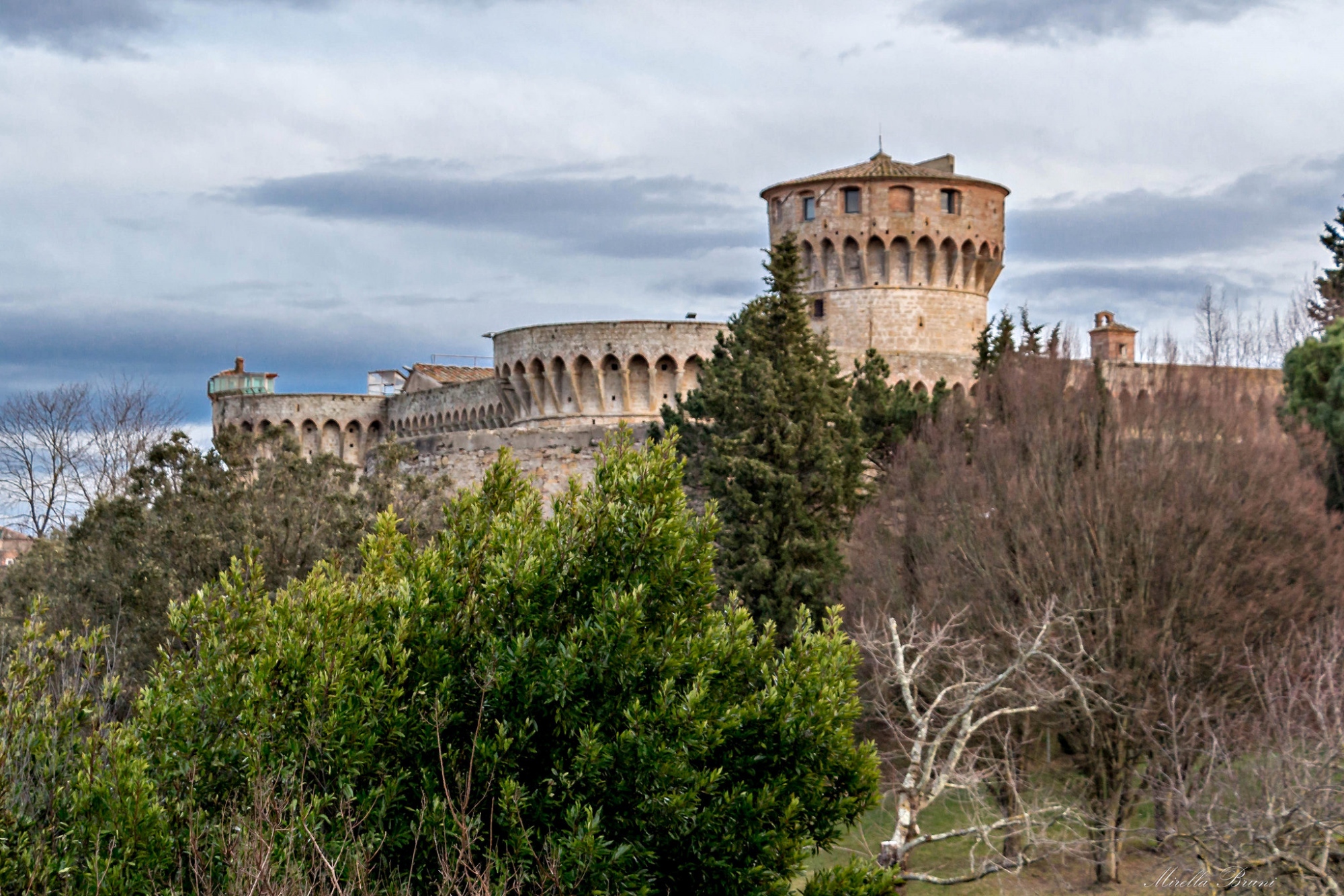
The Fortezza Medicea (Medici Fortress) that stands over Volterra and defines the city skyline, was built in 1474, soon after Florence conquered the city. It not only had a defensive function but also served to guard the city and hamper any possible rebellions.
The Fortress is comprised of two sections, the Rocca Antica and the Rocca Nuova, joined by a double curtain wall and a wall walk.
The Rocca Antica has a semi-elliptical layout, with more recent restorations having revealed its oldest defensive structures.
Commissioned by Lorenzo de’ Medici, the Rocca Nuova is a large stone square with corners reinforced by ramparts, including the massive circular Torre del Mastio (Keep Tower), used as a prison since ancient times.
Today, the Torre del Mastio can be visited while the Fortress, still a prison, remains inaccessible to the public.
Discover the museums of Volterra

Volterra is the custodian of a rich museum heritage. The Guarnacci Etruscan Museum preserves extraordinary artifacts, including the famous Ombra della Sera (Shadow of the Evening) and the Urna degli Sposi (Urn of the Newlyweds), which depicts two elderly spouses lying on a conjugal bed with strongly characterized faces modeled in terracotta.
The Pinacoteca and Civic Museum houses works by artists such as Rosso Fiorentino, Luca Signorelli, Pieter De Witte and Ghirlandaio. This museum is housed in the Palazzo Minucci Solaini.
Walking through the Etruscan Gates and Walls

Volterra’s Etruscan walls still preserve six original gates. Prominent among them is the Porta all’Arco, a true masterpiece of ancient engineering, made from a range of materials and construction techniques. The arched roof is decorated with three sculptures in the shape of human heads, the significance of which remains unknown.
Porta San Francesco still retains traces of the original frescoes while Porta Fiorentina, originally called Porta Sant’Agnolo after the nearby church, was built in the 13ᵗʰ century to replace the Porta Diana, the ancient Etruscan northern entrance. Inside, above the arch is a white cross on a black background, while outside the Medici coat of arms is visible.
Exploring the Roman Theater and the Etruscan Acropolis

One of Volterra’s jewels is the Roman Theater, built in the first century B.C. and one of the most well-preserved in Italy.
Located in the archaeological area of Vallebuona near the medieval walls, it was financed by the Caecina family, as is evidenced by an epigraph preserved in the Guarnacci Etruscan Museum.
The Theater could seat some 3500 spectators and today retains 19 rows of seats.
The surrounding archaeological area even includes the Etruscan Acropolis of Piano di Castello, with remains of temples in use between the 7ᵗʰ and 3ʳᵈ centuries BC.
Discovering the art of alabaster

Alabaster is the symbol of Volterra’s craftsmanship. Mined in the surrounding quarries and processed by local artisans, it has made the city world famous.
In the Ecomuseum of Alabaster, it is possible to admire extraordinary creations and discover the history of this thousand-year-old tradition, which is still alive today in the downtown workshops. The space tells the story of the working of this precious stone and is housed in the 13ᵗʰ-century Torri Minucci just a stone’s throw (quite literally) from Piazza dei Priori.
Experience traditions and cultural events
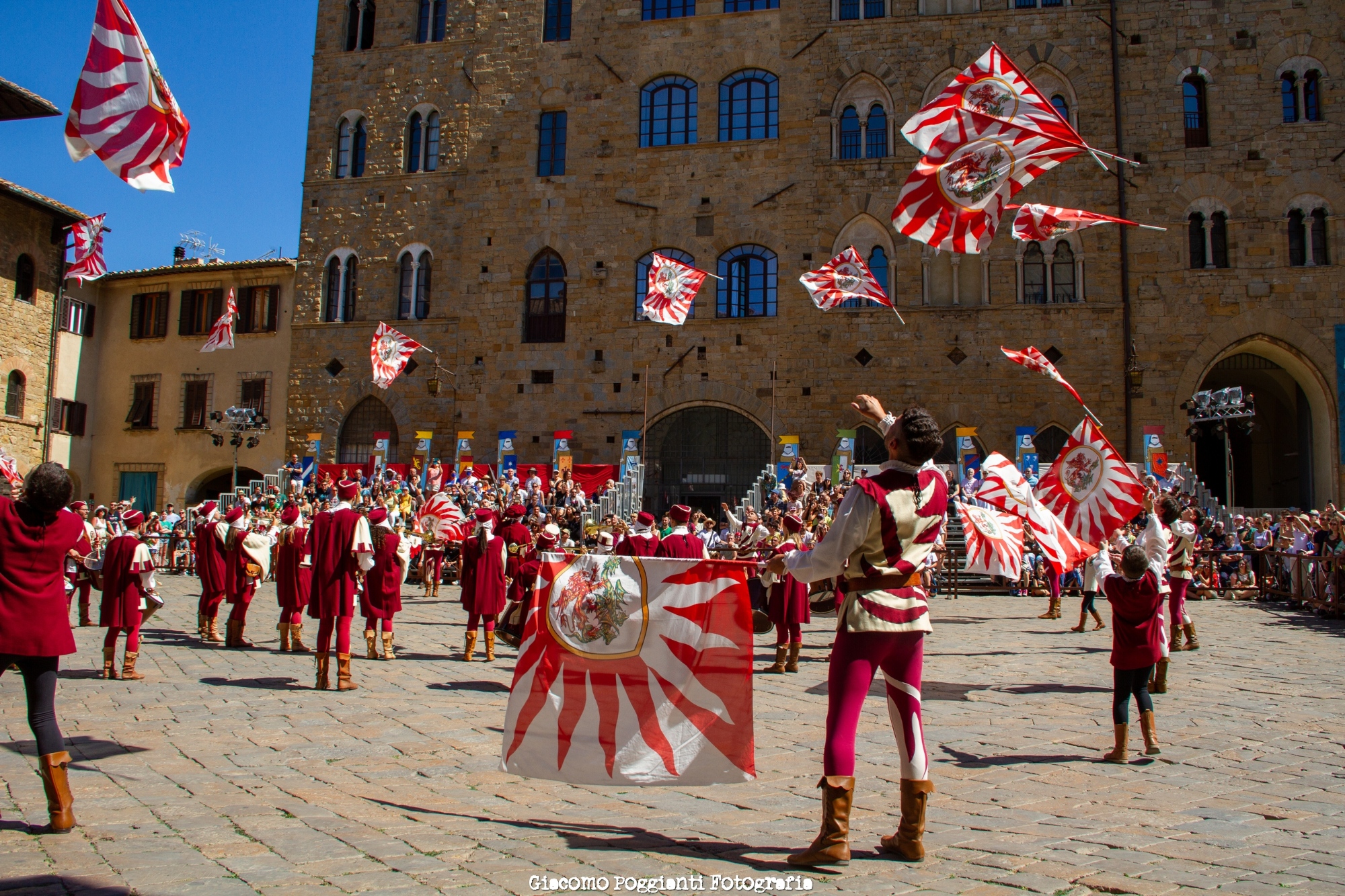
Volterra comes alive with events that celebrate its history and traditions.
Volterragusto is the food and wine event held each fall to pay tribute to local flavors with truffles, cheeses and wines.
Volterra AD 1398 is a spectacular medieval summer reenactment with markets, parades in historic garments and performances that transport visitors to the past.
Be immersed in the nature of Nature Reserves

Three beautiful nature reserves extend around Volterra: Berignone, an area consisting of woods and scrublands populated by a rich fauna, Monterufoli-Caselli, a vast wooded area with great biological diversity and the Montenero Reserve where it is possible to walk paths through forests of holm oaks and chestnut trees, discover ancient ruins and observe local wildlife, including roe deer and peregrine falcons.
Savoring the cuisine of Volterra

The gastronomy of Volterra is a journey into the authentic flavors of Tuscany. Truffles feature prominently in numerous dishes, from fresh pastas such as Pici to the game featured in the main courses. Specialties include Trippa alla Volterrana (Volterra-style Tripe) and aged Pecorino cheese, perfectly accompanied by wines from the Val di Cecina.
A must-try is Pecorino delle Balze Volterrane DOP, a cheese made exclusively from unpasteurized milk with vegetable rennet produced from the flower of the wild thistle or artichoke.



